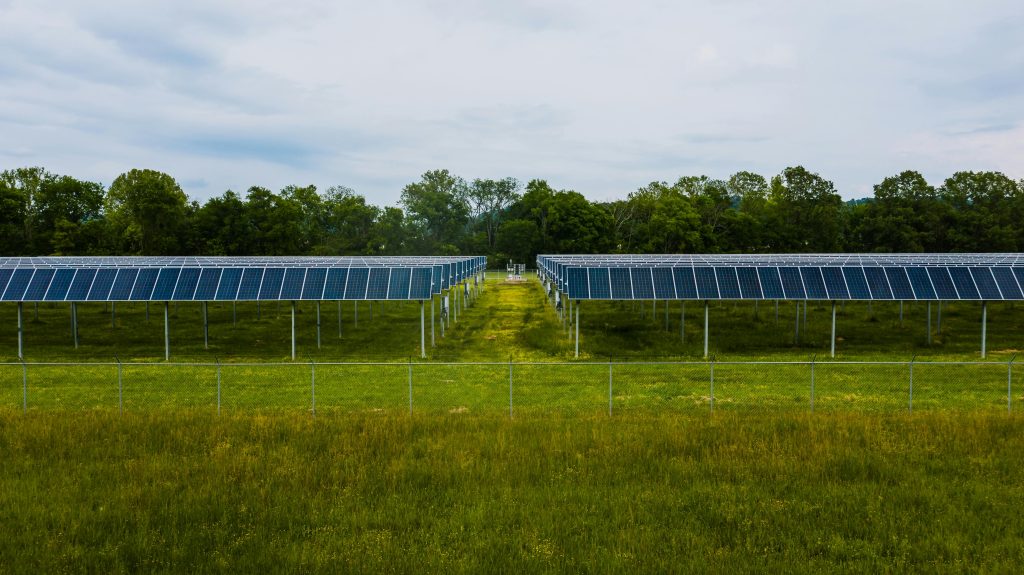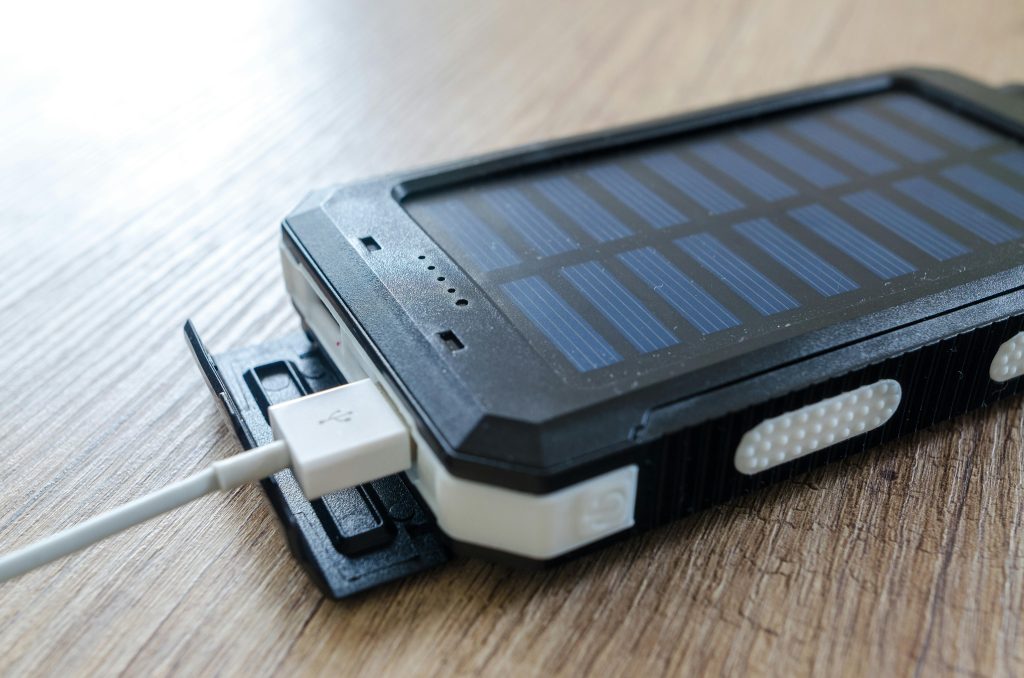As the global demand for energy continues to rise, the need for efficient and sustainable energy resource management has never been more critical. Traditional energy sources are not only finite but also contribute significantly to environmental degradation. To address these challenges, innovative approaches are being adopted to optimize energy use, integrate renewable resources, and promote sustainability. This article explores cutting-edge methods in energy resource management, their benefits, and how they are shaping a greener and more sustainable future.
The Need for Innovative Energy Resource Management
Energy resource management involves the planning, monitoring, and optimization of energy production, distribution, and consumption. With the growing emphasis on sustainability, the focus has shifted toward reducing carbon emissions, conserving resources, and integrating renewable energy sources. Innovative approaches are essential to:
- Reduce reliance on fossil fuels.
- Minimize environmental impact.
- Enhance energy efficiency.
- Ensure a reliable and resilient energy supply.
Key Innovative Approaches in Energy Resource Management
1. Renewable Energy Integration
The integration of renewable energy sources, such as solar, wind, and hydropower, is a cornerstone of sustainable energy management. Advanced grid technologies and energy storage systems ensure a stable and reliable supply of clean energy.

Caption: Renewable energy sources like solar and wind power reduce reliance on fossil fuels.
Alt Text: Solar panels and wind turbines generating clean energy.
2. Smart Grids and Energy Management Systems
Smart grids use IoT (Internet of Things) and AI (Artificial Intelligence) to monitor and optimize energy distribution in real time. These systems improve efficiency, reduce waste, and enable better integration of renewable energy.

3. Energy Efficiency in Industrial Processes
Industries are adopting energy-efficient technologies and practices to reduce consumption and lower operational costs. This includes upgrading machinery, optimizing processes, and implementing waste heat recovery systems.

4. Green Hydrogen Production
Green hydrogen, produced using renewable energy, is emerging as a clean alternative to fossil fuels. It can be used in various sectors, including transportation, industry, and power generation.

5. Decentralized Energy Systems
Decentralized energy systems, such as microgrids and community-based renewable energy projects, provide localized and resilient energy solutions. These systems are particularly beneficial in remote or underserved areas.

6. Energy Storage Solutions
Energy storage technologies, such as batteries and pumped hydro storage, play a crucial role in balancing supply and demand. They store excess energy generated from renewable sources for use during peak demand or when generation is low.

Benefits of Innovative Energy Resource Management
- Environmental Protection: Reduces greenhouse gas emissions and minimizes ecological damage.
- Cost Savings: Lowers energy costs through efficiency and renewable energy integration.
- Energy Security: Enhances resilience and reduces dependence on fossil fuels.
- Sustainability: Promotes the use of renewable resources and sustainable practices.
- Economic Growth: Creates jobs and drives innovation in the energy sector.
The Future of Energy Resource Management
The future of energy resource management lies in the integration of technology, sustainability, and innovation. Key trends to watch include:
1. AI and Big Data for Energy Optimization
AI and big data analytics will play a pivotal role in predicting energy demand, optimizing distribution, and improving efficiency.
2. Expansion of Green Hydrogen
Green hydrogen will become a key component of the energy mix, particularly in hard-to-decarbonize sectors like heavy industry and transportation.
3. Circular Energy Economy
The circular economy model will be applied to energy systems, emphasizing recycling, reuse, and resource efficiency.
4. Policy and Incentives
Governments and organizations will implement policies and incentives to promote renewable energy and energy efficiency.
Conclusion
Innovative approaches in energy resource management are essential for building a sustainable and resilient energy future. By integrating renewable energy, leveraging smart technologies, and prioritizing efficiency, we can reduce our environmental impact, lower costs, and ensure a reliable energy supply. As the world continues to transition toward cleaner energy sources, these innovative practices will play a critical role in shaping a greener tomorrow.
The future of energy is sustainable, efficient, and innovative—and it starts with the choices we make today.
References
- “The Role of Renewable Energy in Sustainable Development” – International Renewable Energy Agency (IRENA)
- “Smart Grids and the Future of Energy Management” – IEEE Smart Grid
- “Green Hydrogen: A Clean Energy Solution” – World Energy Council
- “Energy Efficiency in Industrial Processes” – Energy.gov